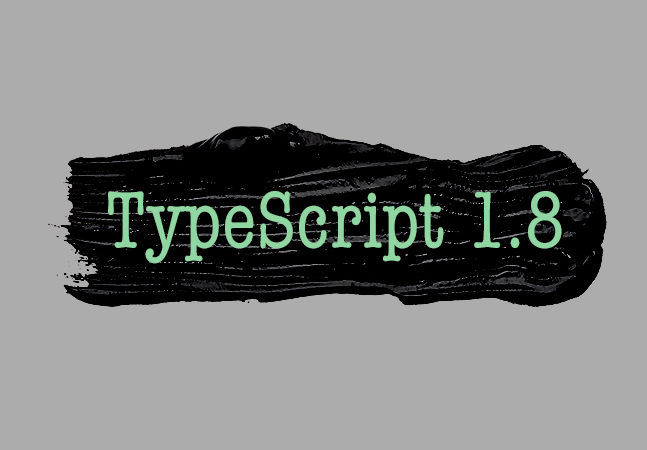
The CQRS pattern separates updates from queries, allowing you to create the best process for each of those activities. Effectively, CQRS codifies the standard practice for ASP.NET MVC developers: Here are some strategies for implementing that pattern and improving your application's performance.

Case matters when moving from one language to another and, often, variable naming conflicts can be as simple as that.

If you ever need to work with all of the properties in some object, you can use GetType and GetProperties to retrieve the object's PropertyInfo objects. After that you can do what you want. Here's an extension method that sets all those properties to their defaults, for example.

In part 4 of this series on the C++ Core Guidelines, Kate Gregory reminds you of an oddity in C++ when it comes to initializing member variables, and shows you a best practice that will make sure this oddity never hurts you.
- By Kate Gregory
- 05/25/2016

Creating a form with TypeScript, React and JSX lets you generate the HTML for your form dynamically, at runtime, and on the user's computer. Here's how to integrate a data- driven form into ASP.NET MVC.

Developers will always look to customize everything, and keyboards aren't out of bounds. Here's how to customize the iOS keyboard that pops up in your mobile apps to address any shortcomings.
- By Wallace McClure
- 05/18/2016

Data retrieval and updates are very different activities so the CQRS pattern says that the smart thing to do is treat them differently. Here's a variety of solutions for the retrieval side in an ASP.NET MVC application.

When working with TypeScript it's not unusual to need a class that matches an already existing server-side class written in C#. Here's one way to get from C# to TypeScript by doing what you normally do.

Now that you know how to communicate with the Band apps, here's another twist. Let's get interactive.
- By Nick Randolph
- 05/12/2016

In part 3 of this series on the C++ Core Guidelines, we explore constructors and why, rather than writing a default constructor, you should use in-class member initializers, a feature added in C++ 11.
- By Kate Gregory
- 05/11/2016

You can't make a complicated problem simple. But, by leveraging the right tools in your language (and the Visitor pattern) you can ensure that your code doesn't get as complicated as your problem.

New to this type of analysis? It's a classic statistics technique that is still useful. Here's a technique for doing a one-way ANOVA using R.
- By James McCaffrey
- 05/04/2016

Leveraging the right combination of object-oriented tools can keep your code simple, even as the problems you solve get more complicated.

Add pressure-based interactions in your apps in just a few minutes.
- By Greg Shackles
- 04/27/2016

Too few C++ developers use const properly, or enough. A seemingly-strange guideline, suggesting you never use a particular language feature, leads to some insight about const and some good practices for you.
- By Kate Gregory
- 04/26/2016

The JSX tool lets you describe your page as a set of custom elements that you define in TypeScript classes. Those elements then add to the page whatever text or code makes sense to you.

What you can do with most programming languages can be accomplished in F#'s functional programming paradigm. Here's how to handle some simple operations, which might look familiar to you already.
- By Arnaldo Pérez Castaño
- 04/20/2016

The ConcurrentDictionary provides the most efficient (and safest) way to shared named values between asynchronous processes with several powerful methods. But the best advice might be to avoid ever needing them.

Using the Stream objects correctly can speed up your I/O, protect your files and simplify your code.

In part 2, Jason will map the business-readable tests we created last time to test automation code.
- By Jason Roberts
- 04/13/2016

The three most common open source technologies for writing data science programs are Python, SciLab, and R. Here's how to write program-defined functions in R.
- By James McCaffrey
- 04/12/2016

You've got data on your server that you need in your page. Here are all the solutions you require, including one that will make your application more scalable.

SpecFlow 2 makes sure developers deliver what businesses say they want. In this first of a two-part series, Jason looks at how to automate the process of communication through business-readable tests.
- By Jason Roberts
- 04/06/2016

There are lots of enhancements waiting for you in TypeScript 1.8, including features that make it easier to move your project to TypeScript, that protect you from errors and that give you even better control over data types.

When you need to share a list of specific information between asynchronous processes, you probably need the ConcurrentDictionary. Except, of course, when you don't.